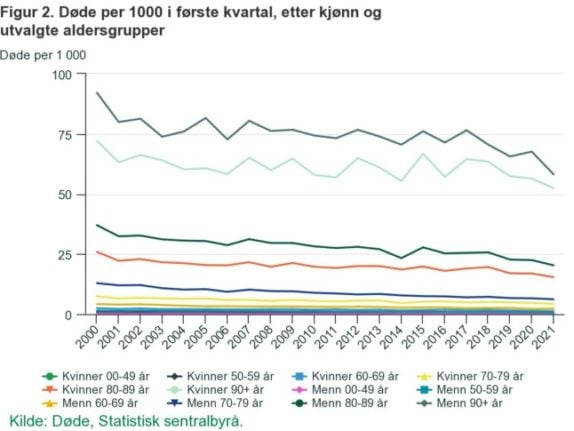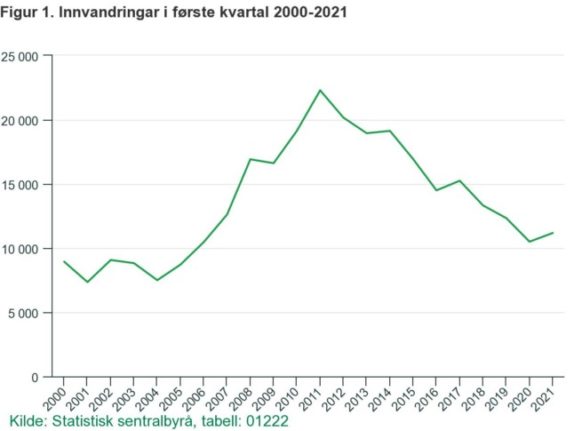STATISTICS NORWAY
Norway jobless at nine-year high: report
Norway’s unemployment rate has hit a nine-year high on the back of the downturn in the oil industry, with 4.2 percent of the workforce without jobs, Statistics Norway has reported.
Published: 24 June 2015 23:38 CEST

A Nav unemployment centre in Tøyen, an area of Oslo with a high proportion of immigrants. Foto: © Svein Nordrum / NTB scanpix
The downbeat numbers were picked up on by Norway’s Labour Party which accused Norway’s right-wing coalition of not taking strong enough action to stimulate the economy into creating more jobs.
“Experience shows us that an increase in unemployment has a self-reinforcing power if it is not stopped,” Dag Terje Andersen, the Labour party’s spokesman on employment issues, told NTB. “This has been ignored by the government, which in fact has stated that they will not take action until the unemployment rate increases.”
According to Statistics Norway, the number of unemployed increased to 117,000 in January to April this year, 7,000 more than in the previous three months.
Prime Minister Erna Solberg said that the challenges faced by the Norwegian economy were greater than expected and pledged to take more actions to increase the number of jobs in the budget next year.
Url copied to clipboard!




 Please whitelist us to continue reading.
Please whitelist us to continue reading.
Member comments